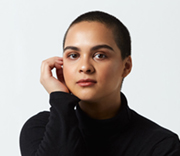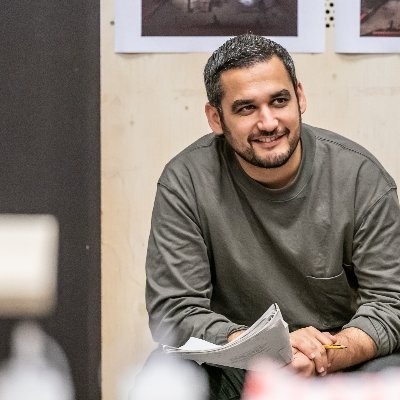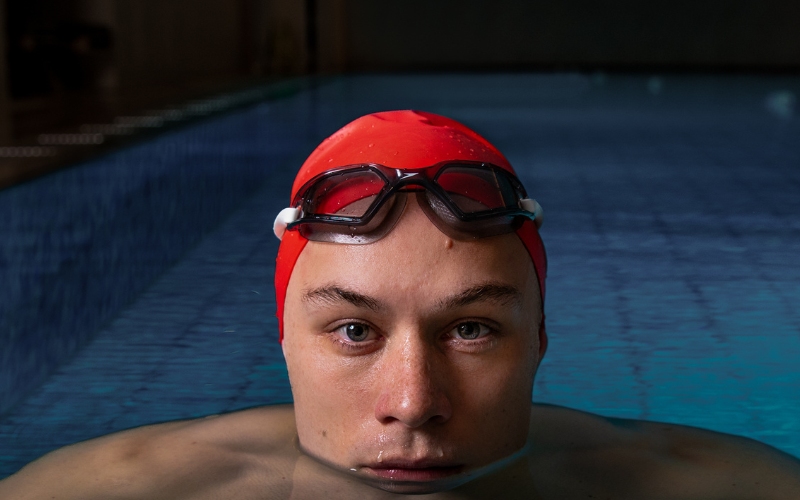With our production of Athol Fugard's Blood Knot playing until 20 April, South African theatremaker Ameera Conrad writes about why she is proud to call herself "Coloured"
Coloured – a term that is filled to the brim with questions and carries with it hundreds of years of oppression for historically mixed race, and black people around the world. From Jim Crow America to Apartheid South Africa, this eight-letter word connotes silencing, segregation, and pain. So why do I brand myself with it so openly and proudly?
In the 1950s my grandparents were forcibly removed from their homes in what became Whites Only Areas in Cape Town under the Group Areas Act of 1950. Coloured people were taken from their communities and transplanted into what’s known as the Cape Flats. An area of Cape Town where the soil is sandy and impossible to use, where the South Easter wind howls down the roads, where there is often little sanitation, and where the Numbers Gangs rule the streets. But at least it isn’t the Townships, where Black African people were sent. Based solely on the fact that Coloured South Africans had a closer proximity to whiteness, they were treated better than Black Africans. Not particularly well, mind you, just better than. This is what the Apartheid government did so well; not only did they segregate Black and White South Africans, but they also segregated every “funny tinge” of Black or Brown that existed; giving different rights, living areas, job opportunities, educational institutions, even beaches and benches, to different groups depending on how not-white you were. Indian South Africans were treated differently to East Asians, who were treated differently to Cape Malays, who were treated differently to Coloureds, who were treated differently to Blacks, and above all of them, sat the White Man. This specificity of segregation is what has caused the racial tensions which still exist in South Africa today, it’s what infests Coloured and Cape Malay communities with a deep sense of anti-Blackness, and a deep desire to negate their own Black African heritages. All of this self-hate taught to us because we each have a different concentration of melanin, or because we have a different shaped nose, or different curl pattern in our hair. All because of whether or not an HB pencil stayed in our hair.
The interesting thing about South Africa, and I would argue that it’s the same thing around the world, is that the architecture of Apartheid and Colonialism is what fuels current racial divides. This is what the Apartheid government got right in terms of their mandate to divide and conquer the ‘of colour peoples’ in South Africa. They divided us so specifically and with such finesse that we remain divided to this day, with a hatred for the Other that permeates every aspect of our society; from sports to arts to education to business. South Africa remains touched by the legacy of Apartheid. Colouredness remains a highly contested identity around which there are many arguments both for and against it. Coloured was a term created by the Apartheid government through the Population Registration Act of 1950, whereby they could define and classify people based on a random assortment of physical traits. The big issue with the Coloured population was that because it was a community of people who were descendent from a multitude of ethnicities and skin tones, it became ever more difficult to accurately classify Coloured people, or to use the same genetics as classification. For example, my family heritage includes slaves from the Malay Archipelago, South Asians, Black Africans, and White Colonisers. Which is why when you look at a family portrait of myself and my siblings, or myself and all of my cousins, or even of my parents and their siblings, you would never know which racial group we belonged to. You may take a look and think “Oh here’s a white person, here’s a mixed person, here’s a black person” but the fact that we shared DNA might elude you. My sister is fair skinned, with green eyes, and wavy black hair; she’s essentially Snow White, while I am certainly Brown, with dark brown eyes, and thick curly hair, while my brother looks like Mowgli. All three of us born from the same set of parents, but all three of us with such different aesthetic qualities. We would be a nightmare for the Apartheid government. Which is what all Coloured people were. Some of us can pass as white, like my sister, while others look entirely Black African. It is due to this a veritable smorgasbord of physical traits and historical interracial mixing, that Coloured people are everything and nothing all at once.
Coloured people have created for ourselves an entire culture out of being in-between, and oftentimes overlooked. We celebrate our slave heritages, we celebrate our differences, we rejoice in the fact that we have developed language, culture, food, and styles which are iconic to South Africa. We are integral to South Africa’s culture, heritage, and history – from sports to theatre to government, Coloured people living in South Africa have shaped our national culture. Which is why I wear my Colouredness in all its glory; it’s loud, angry, colourful, painful, beautiful glory.
Blood Knot is playing until 20 April. Find out more and book tickets



